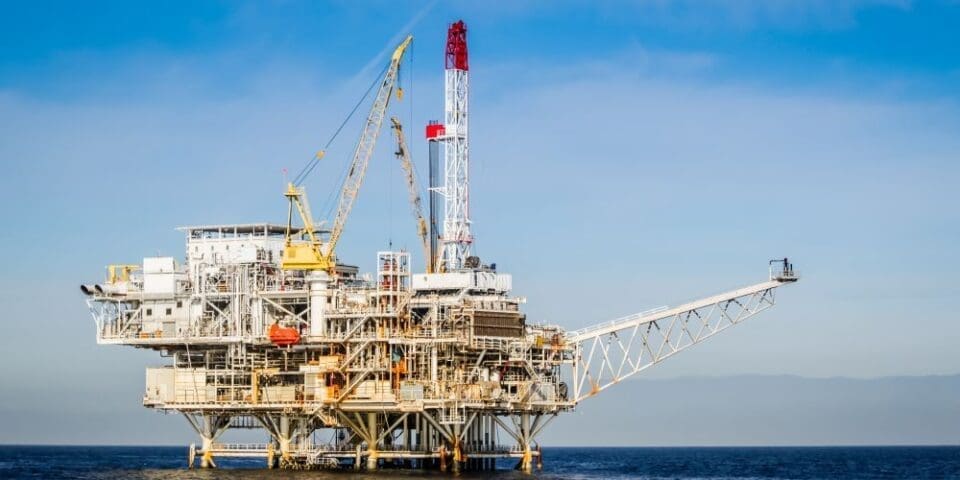The oil and gas industry has seen tremendous technological advancements over the past few decades, significantly enhancing the efficiency, safety, and environmental impact of drilling operations. These innovations have not only made it possible to access previously unreachable reserves but have also reduced the overall footprint of drilling activities.
Cutting-Edge Drilling Technologies
- Directional Drilling and Horizontal Wells: Directional drilling allows operators to steer the drill bit along a predetermined path, enabling the creation of complex well trajectories. Horizontal drilling, a subset of directional drilling, involves drilling parallel to the reservoir, maximizing contact with the hydrocarbon-bearing formation. By following the contour of the reservoir, horizontal wells can access a larger surface area, significantly boosting extraction rates. This technique has been particularly effective in shale formations, where hydrocarbons are dispersed in thin, horizontal layers.
- Rotary Steerable Systems (RSS): RSS technology provides real-time adjustments to the drill bit’s direction without stopping the drilling process. This continuous steering capability enhances precision and reduces non-productive time. RSS tools, equipped with sophisticated sensors and control mechanisms, ensure optimal wellbore placement, reducing the risk of drilling hazards and improving overall well productivity.
- Automated Drilling Rigs: Automation in drilling rigs has led to significant improvements in efficiency and safety. Automated rigs use advanced software and robotics to perform repetitive tasks, reducing human error and increasing operational consistency. These rigs are equipped with sensors and data acquisition systems that provide real-time monitoring and analysis. This capability allows for immediate adjustments, optimizing drilling parameters and enhancing decision-making processes.
- Extended Reach Drilling (ERD): ERD enables the drilling of wells that extend several kilometers horizontally from a single surface location. This technology allows access to remote and offshore reserves with minimal surface disruption. By reducing the need for multiple drilling platforms, ERD lowers the environmental impact and overall costs associated with drilling operations. This is particularly advantageous in sensitive environments and densely populated areas.
The Role of Drilling Fluids
Drilling fluids, commonly known as drilling mud, play a vital role in the drilling process. Consegic Business Intelligence analyzes that the onshore drilling fluid market is growing with a CAGR of 5.1% during the forecast period (2023-2031), and the market is projected to be valued at USD 6,660.67 Million by 2031 and USD 4,457.40 Million in 2023 from USD 4,269.19 Million in 2022. These specialized fluids are designed to perform several critical functions, including cooling and lubricating the drill bit, carrying cuttings to the surface, and maintaining wellbore stability. Recent advancements in drilling fluid technology have further enhanced their effectiveness and environmental compatibility.
- Enhanced Drilling Fluid Formulations: The incorporation of nanoparticles into drilling fluids has significantly improved their properties. Nanoparticles enhance the fluid’s thermal stability, reduce friction, and improve filtration control, leading to more efficient and safer drilling operations. HPWBMs are engineered to provide the benefits of oil-based muds while maintaining environmental compliance. These fluids offer excellent wellbore stability, low friction, and superior shale inhibition, making them suitable for complex drilling environments.
- Environmental Considerations: The development of biodegradable drilling fluids has reduced the environmental impact of drilling operations. These fluids break down naturally, minimizing contamination and facilitating easier disposal. Advanced waste management practices, including the recycling and reuse of drilling fluids, have become integral to sustainable drilling operations. Technologies such as cuttings reinjection (CRI) and solid control systems help manage and reduce waste generated during drilling.
Case Studies of Technological Implementation
- The Marlin Platform in the North Sea: The Marlin Platform utilizes automated drilling rigs combined with high-performance water-based muds. This integration has resulted in a 20% increase in drilling efficiency and a 30% reduction in environmental impact compared to traditional methods.
- Chevron’s Gorgon Project in Australia: Chevron’s Gorgon Project employs extended reach drilling techniques and synthetic-based muds to access offshore gas reserves. The use of synthetic muds has minimized ecological disturbances and improved wellbore stability in challenging deepwater conditions.
- ExxonMobil’s Sakhalin-1 Project in Russia: The Sakhalin-1 Project showcases the use of rotary steerable systems and nanotechnology-enhanced drilling fluids. These advancements have enabled ExxonMobil to drill some of the longest extended-reach wells in the world, significantly increasing hydrocarbon recovery rates.
Conclusion
The advancements in drilling technology have revolutionized the oil and gas industry, enabling more efficient, safer, and environmentally friendly operations. The development and optimization of drilling fluids have been crucial in this transformation, enhancing drilling performance and reducing ecological impact. As the industry continues to evolve, the integration of cutting-edge technologies and sustainable practices will be essential in meeting the growing global energy demands while minimizing environmental footprint.





